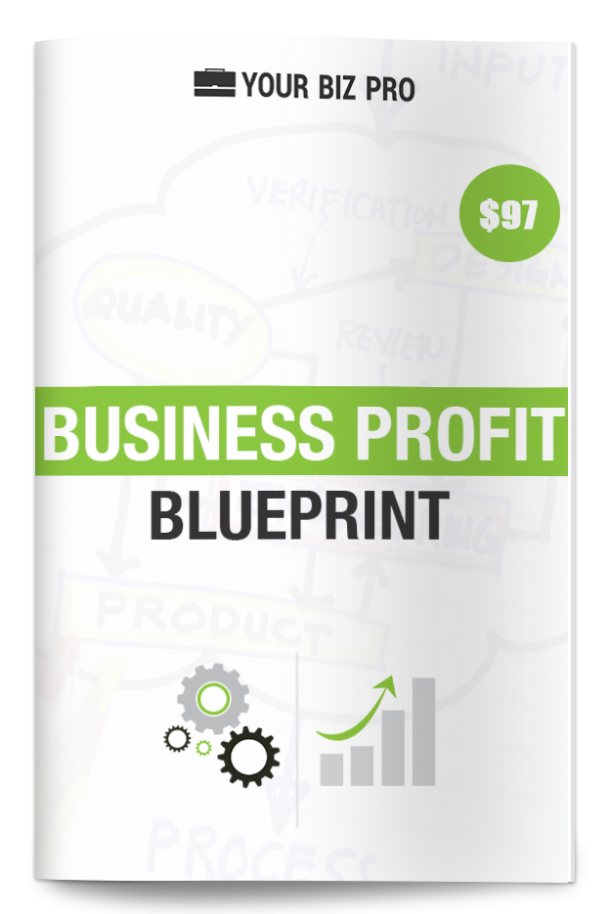As you know, cash flow is king. To get started in a new business, entrepreneurs need to make sure you have enough money to get started; and to run the business until it makes enough profit to pay the bills and you too!
Here are 7 ways to fund your business – the last one may surprise you:
1. Bootstrapping:
This method requires that you (and perhaps a partner) work and save the money to fund the business yourself. In this scenario you would likely start the business as a part-time venture until it can afford to pay you sufficiently. You only add people as the company grows sufficiently to justify the expense, and the people will contribute sufficient revenue to justify their payroll. Many of the world’s past and present great companies began this way: Hewlett-Packard, Panasonic, Dell, Apple, etc. Mark Cuban and I agree, this is the best way to start a business.
2. Credit Lines, Loans, and Factoring:
Personally, not a fan of too much credit too early in the business, but there are stories of businesses getting started with a credit card and succeeding. If you personally have good credit and a solid business plan, an SBA loan may be right for you. If not, there are high-interest community lenders who will often lend up to $15,000. Bank Lines of Credit can be used strategically in many ways once the business has steady, predictable revenue, but are usually not available at startup. Factoring provides you immediate cash in exchange for the right to collect your receivables (the uncollected money customers owe you). Of course, it is only a portion of the receivables, but cash flow is king and if you don’t manage your business carefully you might need to rely on factoring to stay afloat.
3. Friends and Family:
Here you get people you know to invest in your business. This can either be a loan, or an equity investment. Despite the fact that they are people you know well (or a friend of a friend), it is strongly advised that you treat this like the business deal that it is. That means you should put a corporate entity (like an LLC) in place, and have clear, unambiguous contractual agreements with all involved. Be sure to include details of how investments will generate returns or loans will be paid back, ownership of any intellectual property that may be created (including the Brand itself), how buy-out costs will be calculated if needed in the future, etc.
4. Crowd-sourcing:
Here an entrepreneur posts videos and other information about the proposed business and encourages people to contribute money to the business. There are many online services that facilitate Crowd-Sourcing, and the method has been used to launch a number of successful products and businesses of all kinds. At the moment, most product crowd-sourcing is provided in return for a product or service upon production. Crowd-sourcing for equity investments is evolving quickly. At the moment only accredited investors (those with either a net worth over $1 million, or who meet annual income requirements) can be offered these types of investments, and federal SEC regulations (and state rules) need to be followed. This will become a meaningful path to equity investment later in 2016 when the final regulations are published permitting the general public to participate in equity crowd-funding.
5. Angel Investors:
These are wealthy individuals who invest in new ideas for equity in the business. The best angels for you can often be found by networking, but there are also online services matching investors and entrepreneurs. Likely you will need to commit a significant portion of your business equity to secure a sizable investment from an angel investor – especially if you are not actually making money yet.
6. Private Equity Investment:
Private Equity is the next step up from Angels. If you have a great idea, a great team, and a solid plan it is possible to raise very substantial sums of money. Like with Angels, the trade-off is equity; also known as your long-term wealth.
7. Retirement Account:
There are ways to use retirement accounts to fund a business. One method is to roll over your former employer 401k into a self-directed IRA and use that money to fund the business. The challenge there is rules against “self-dealing” mean you won’t be able to enjoy the cash flow until you are of retirement age. Another option is to roll your former employer 401k into a Solo K for you as a business owner (need to set up the business entity first). You can then loan yourself up to $50k or ½ the account value (whichever is less) at a nominal interest rate, and you can personally loan the company that money as capital for operations at the same or a higher interest rate. Essentially, your retirement account becomes your lender, and you lend the money to your business.
A common question entrepreneurs ask when seeking investment is, “How do I value my business?” One answer is that a business’ value is whatever someone is willing to pay for it (you can see that in action in the stock market – shareholders are paying far too much for some businesses and under-valuing others). Most often, the value is a multiple of the current profit the business generates. The profit baseline most often used is EBITA (earnings before interest, taxes and amortization). A multiple of those earnings is the value of the business. In some industries, the multiple is as low as 1.5 x EBITDA. In many, a business can be valued at 5 to 10 times earnings. A higher multiple may be possible if there is competition for the investment, the growth trend is very strong, or it is a “hot industry”. The valuation is always negotiable. The better you understand your business and your numbers, the stronger your negotiating position.
Please share your insights, experiences and results with me.


